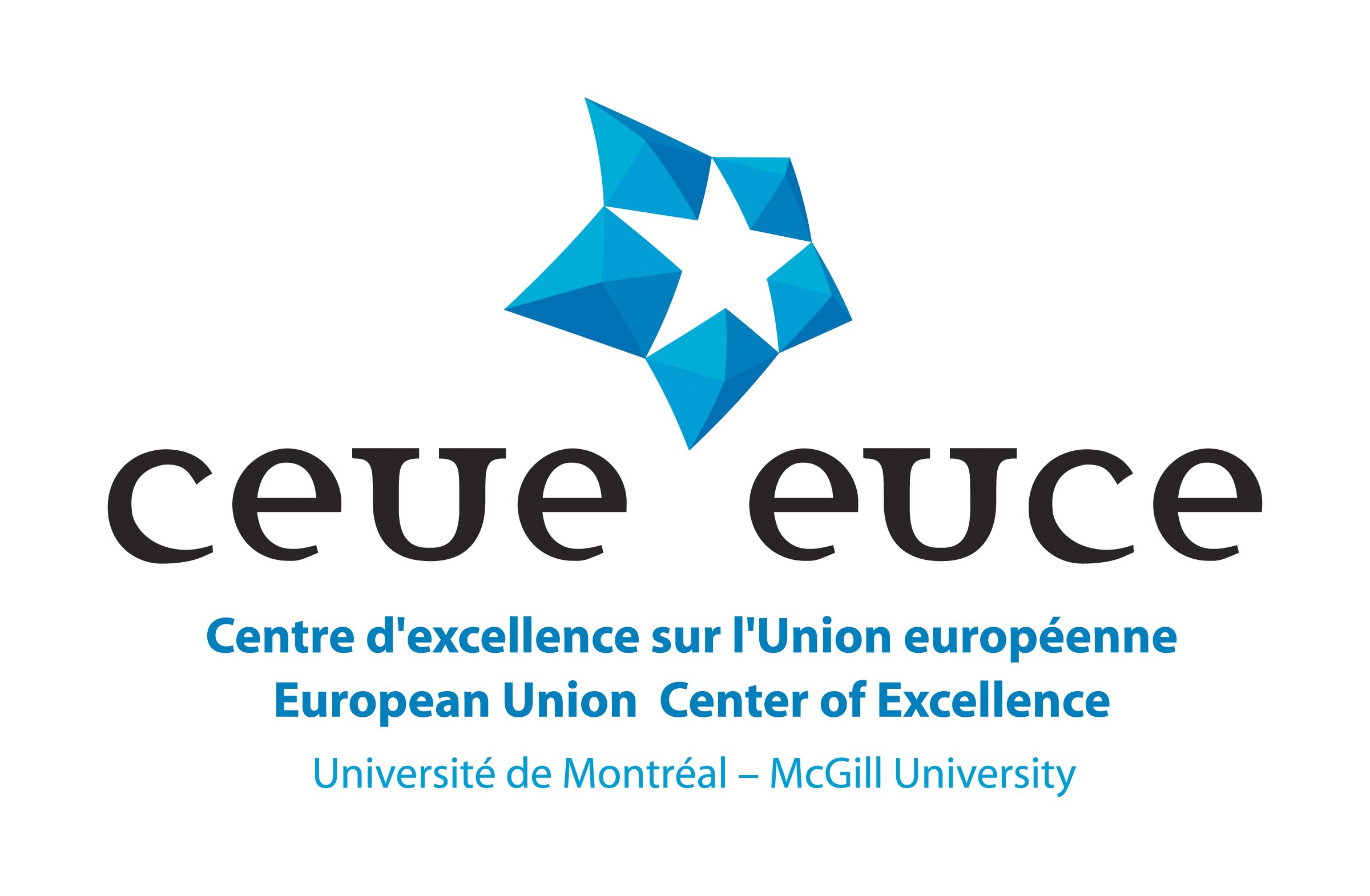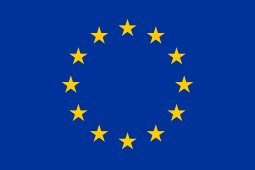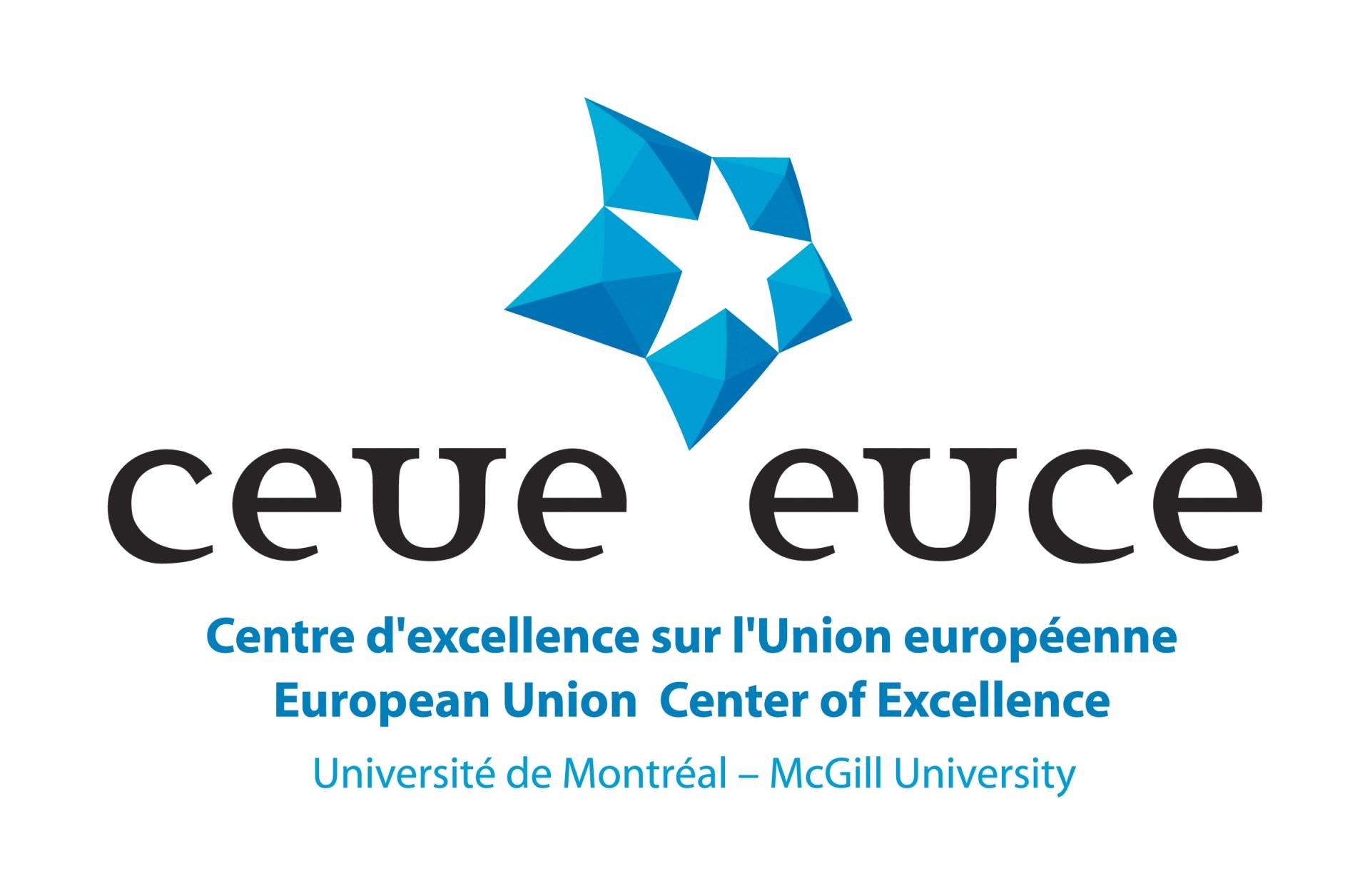(PONARS Policy Memo) The U.S. missile strike on Syria’s al-Shayrat airbase may not signify a major change in the course of the tragic civil war (as it had momentarily seemed), but it certainly revealed weaknesses in Russia’s positions in the war zone and in the Middle East. As regional stakeholders with which Moscow had cultivated ties—from Turkey to Israel to Saudi Arabia—rushed to praise the U.S. show of force, questions about the rationale of the uncharacteristically bold Russian intervention in Syria launched in the last days of September 2015 gained new relevance. Hindsight conveniently supplies many reasons for that experiment in power projection: Russia wanted to re-establish a strategic dialogue with the United States “as an equal,” prove to China its value as a strategic partner, divert domestic attention away from the inglorious deadlock in the Donbas, and prop up a failing client state. I would say that a factor near the very top of the list is that Moscow sought to use the Syrian conflict as a pressure point for increasing disunity in the West—specifically to aggravate discord in the EU and to get sanctions relief. The problem for Moscow is that it took its game too far. Despite a host of openings for cooperation, it invariably missed them in its aim to demonstrate the U.S. retreat from the Middle East and the irrelevance of the EU.
A Tangle of Interests and Events
The swift and surprising start of the Russian Syrian intervention produced a heavy international resonance in October 2015 and a strong impression on the EU. In fact, Russia did not aim to bring the hugely complex civil war in Syria to an end, so its actions had limited impact on its course —that is, until the fall of Aleppo in December 2016.
Russia’s air war did not produce any noticeable change in refugee flows, but rather coincided with a massive increase in the number of refugees heading to the Greek islands via Turkey in the fall of 2015. Russia’s National Security Strategy, approved by President Vladimir Putin in the last days of 2015, duly noted the refugee phenomenon and offered an interpretation: “The increase in migration flows from African and Near Eastern countries to Europe has demonstrated the non-viability of the regional security system in the Euro-Atlantic Region based on NATO and the European Union.”
Moscow tried to utilize this outlook to cultivate ties with various anti-migrant parties in Europe and to put pressure on neighboring states such as Finland and Norway. The response to that pressure, in most European capitals, was nervously negative. Russia was even accused, most directly by NATO Commander General Philip Breedlove, of “weaponizing” the refugee crisis. In reality, however, Russia had very little control over the movement of Syrians fleeing the humanitarian catastrophe—the real player in that game was Turkey.
In the passionate breakdown of Russian-Turkish relations following the shoot-down of a Russian bomber by a Turkish fighter in late November 2015, Moscow missed a key nuance about its attempts to exploit the refugee crisis—the flows were playing into Turkey’s hand in its bargaining with the EU. It was only when the Ankara-Brussels “refugee deal” was struck in early March 2016 and the cross-Anatolian corridor for migrants was effectively closed that Russian diplomats discovered that they had unwillingly helped Turkey to re-energize its rapprochement with and accession to the EU. However, the pendulum of luck soon swung back Russia’s way, when Turkey and the EU experienced a serious deterioration of ties after the failed coup attempt in Turkey in July 2016 and the ensuing crackdown on human rights and press freedoms by President Recep Tayyip Erdoğan. Putin expressed unreserved support for Erdogan seeking to exploit his grievances with the EU in order to re-forge the “axis of the excluded.”
Moscow actually knows migrant issues well, even if its own migration policy is incoherent and ineffectual. It completely ignores the problem of Russian urban middle class outflows to the West—on a scale three to four times greater than the official statistics—and has no instruments to effectively regulate the inflow of migrants from Central Asia, which has made Moscow the largest Muslim city in Europe (with the obvious exception of Istanbul). While public anxiety about this problem gradually subsided in 2014-2016, the terrorist attack in St. Petersburg on April 3, 2017, revealed its hidden depth.
The preamble to Russia’s Syria intervention was Putin’s speech at the 2015 UN General Assembly in which he suggested building a broad anti-terrorist coalition. He addressed not the Arab states, which were appalled by Russia’s readiness to build an alliance with Iran, but primarily the major European powers. Indeed, not two months after the first Russian air strikes in Syria, France was shocked by the well-planned terrorist attack in Paris, which created a political imperative to join “global” efforts against extremists and any further spillover of the Syrian war into Europe. What made it difficult for the West to work together with Russia was the need for France and its European allies to concentrate their efforts on defeating the main threat, ISIS, while Moscow insisted on a wider campaign targeting “any” terrorist groups, defining every force vehemently opposed to the Bashar Al-Assad regime as such.
Russia’s fierce quarrel with Turkey waned when Moscow decided to temporarily focus its air campaign on ISIS in early 2017. This helped Assad’s forces recapture the strategically unimportant but symbolically significant town of Palmyra, which was “liberated” in April 2016 with great public relations fanfare and even a classical concerto, but which fell again to ISIS in December 2016. Despite Russia’s efforts to win over European leaders to its post-Aleppo campaign, they still felt that Russia’s main aim in Syria was to ensure victory for the Assad regime. This aim was modified somewhat in the course of building a trilateral proto-coalition uniting Russia, Iran, and Turkey on the condition that Moscow recognize the Syrian Kurdish militia YPG (a key U.S. ally) as a terrorist organization. Russia has abandoned this promise, so tensions with Turkey have been again on the rise since March 2017. The point is that Moscow had ample opportunity to join the global actors aligning against ISIS, but opted to abstain—and so was never able to get Brussels to shake its Russia-skepticism regarding Syria. The denial of the Assad regime’s responsibility for the April 2017 chemical attack on Khan Sheikhoun in the rebel-controlled Idlib province, to all intents and purposes, made Russia an accomplice in that war crime, resulting in actions such as UK Foreign Minister Boris Johnson canceling his visit to Moscow.
One particular issue in Russia’s stance on counter-terrorism has been its propagandistic emphasis on fighting Islamists in Syria rather than in Russia. This meant that Russia opened exit channels from the North Caucasus for fighters to head to the Middle East. This created the risk that they would return to Russia as battled-hardened rebels. This risk has not come to pass, but the terrorist attack on the National Guard barracks in March 2017 showed unpreparedness for facing the threat. For the European states, however, Russia’s policy of exporting its terrorist cadre and relying on brutal regional rulers like Chechnya’s Ramzan Kadyrov to guarantee domestic security remains deeply disagreeable—and stands in the way of developing working Russia-West counter-terrorism cooperation.
Conflict Manipulation and Alleged War Crimes
When Iraqi forces and the Kurdish Peshmerga, along with U.S. advisors, began to encircle ISIS around Mosul, Moscow focused its political game in Syria on hard bargaining with Washington. The Europeans had no reservations about the narrowing of multi-party talks to the Lavrov-Kerry channel, and felt content not to shoulder any responsibility for managing the Syrian war—especially when the flow of refugees dried up. Their doubts about the implementability of the Lavrov-Kerry deals were amplified when it became clear that there were too many incompatible agendas. The collapse of the painstakingly negotiated Syrian ceasefire in mid-September 2016 still took the European states by surprise, particularly as no alternative framework was available. The short resumption of the Geneva talks under UN auspices in spring 2017 was predictably fruitless.
In hindsight, it is possible to suggest that Moscow never planned the “battle for Aleppo” as a decisive turn in the protracted Syrian civil war. Rather it sought to use it as a convenient pressure point where an increase in the intensity of air strikes could secure an extra step in the U.S. readiness to accept a compromise. With the breakdown of the ceasefire in September and brutal Russian-Syrian bombing of civilians, it was clear Russia was taking its game too far. European politicians and NGOs accused Russia of “war crimes” and decried its bombing runs as “barbaric,” and Germany started to develop a proposal for new sanctions on Russia, even while support for the sanctions regime in the EU was eroding. French President François Hollande declared at the UN General Assembly that “enough is enough” in the Syrian tragedy; France then introduced a draft UN Security Council resolution, which Russia duly vetoed. Moscow realized it had crossed too many lines and opted to back off for a few weeks and attempted to introduce several unilateral ceasefires for the beleaguered inhabitants of Aleppo.
In that pause, Moscow tried to squeeze another Western pressure point—while monitoring the progress of the offensive on Mosul and waiting for the outcome of the U.S. elections—when it deployed its aged aircraft carrier Admiral Kuznetsov to the eastern Mediterranean. This was aimed not at the United States, which has far more powerful navy platforms, but at the Europeans, who do not. The effect was rather mixed, and Spain, as well as Malta, refused to refuel the slow-moving, pollution-belching carrier in their ports. Neither the air squadron on its deck nor its P-700 Granit cruise missile could have added any significant new capabilities to Russia’s air forces based at the Hmeimim airbase outside Latakia, and crashes of Mig-29K and Su-33 fighter jets during one month of its combat deployment proved that Kuznetsov was hardly a major asset for the policy of power projection. Another ambitious design fallen flat.
Russia resumed its assault on Aleppo in mid-November 2016 and by mid-December the devastated city was conquered, with a rather muted reaction in Europe. Trying to build on this victory, Moscow launched a new format for negotiating the pacification of Syria, co-sponsored by Iran and Turkey, without any participation of Western stakeholders. Already by mid-March, this Astana format failed, and the April chemical attack followed by the U.S. missile strike destroyed what little credibility Russia had as a mediator.
Conclusion
Russia’s intervention in Syria was launched with a set of poorly compatible objectives, but these evolved far during the 18 months of execution, and the situation is presently in limbo for Moscow with neither a plan for victory nor an exit strategy. The need for rethinking a way out of its self-made trap is obvious, but the capacity for such critical self-assessment is limited by the punctured ambitions of the intervenor-in-chief. What is clear beyond doubt is the failure to turn this experimentation in conflict manipulation into political leverage for transforming its troubled relations with the EU and its key member-states. Russian attempts to exploit the dire migration crisis in late 2015 were awkward and discontinued in 2016. Russia’s persistent suggestions to join efforts in the fight against terrorism in Syria were undermined by its firm priority on treating—and targeting—all opposition forces as if they were ISIS. Moscow’s responsibility for the April 2017 chemical attack makes it impossible for Europeans to contemplate a joint effort.
Moscow expected that its massive support would eliminate all doubt about the staying-power of Assad’s regime. Putin wanted to convince the Europeans (and Turkey) that the Assad government was legitimate and the only solution to the problem of violent anarchy in Syria. This expectation was reinforced by some ambivalence in the U.S. stance. Presently, however, Assad’s brutal dictatorship is an entirely unacceptable option to European leaders. Always looking for new pressure points, Moscow is now banking on the lack of a comprehensible U.S. strategy for reconfiguring the geopolitical setting of the Iraq-Syria war zone after the expected victories at Mosul and Raqqa. The hope is pinned on the proposition that in the ensuing violent chaos, the Europeans will abandon their high moral ground and return to hard-power-centric realpolitik.
It is rather improbable that Washington could make yet another turnaround and accept the Assad regime as a “natural ally” in the fight against terrorism and as a part of the mechanism to bring peace to Syria. It is, at the same time, perfectly capable of abandoning responsibility for the post-war reconstruction. A wild card, when we speak of swinging pendulums, is what the new U.S. administration will do about the Iran nuclear deal, which President Donald Trump said he would cancel—to the consternation of many European stakeholders.
Assuming that the U.S. leadership has no stomach for an engagement in Syria and leadership in the Middle East, the Kremlin remains stuck with its high-risk open-ended Syrian intervention, even if it has delivered Russia into deepening international isolation. What Moscow could aim for in continuing this failure-prone enterprise, is aggravating differences and disunity in the transatlantic relationship and among NATO members. The messy state failure in Libya might open some opportunities of this kind, but Russia is unlikely to take chances with another intervention due to an elementary shortage of deployable assets. Moscow has chances for playing on Western confusion, considering the deepening policy disarray at the White House, but its own confusion is deepening fast.
Pavel K. Baev is Research Professor at the Peace Research Institute Oslo (PRIO, Norway).
[PDF]

European Union Center of Excellence, McGill University, Montreal, Canada. This project has been funded with support from the European Commission. This publication reflects the views only of the author, and the Commission cannot be held responsible for any use which may be made of the information contained therein.












